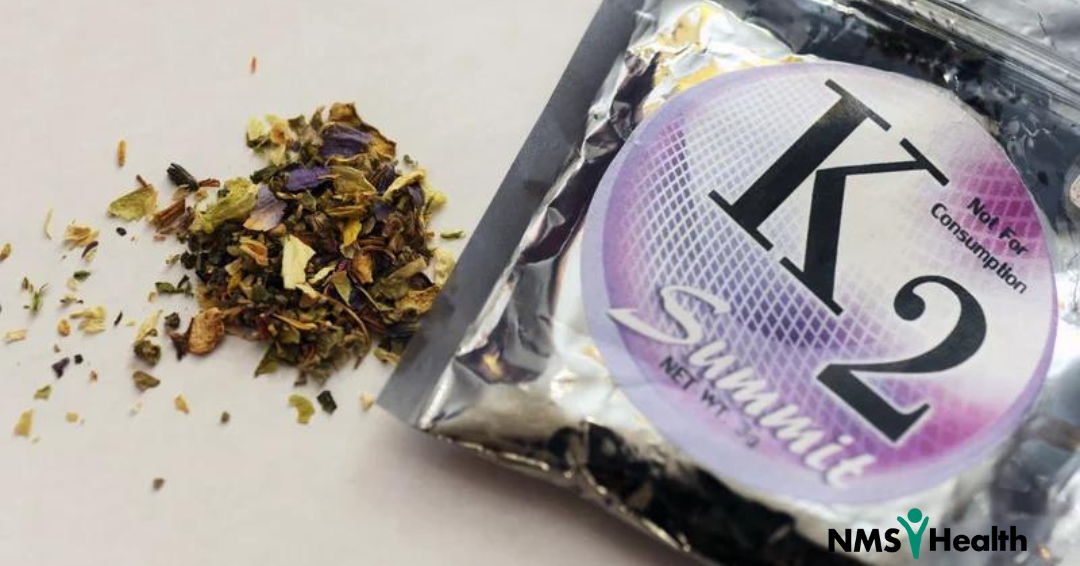Between 2016 and 2019, United States Poison Control Centers received 7,600 calls related to synthetic cannabinoid use. The good news is that it appears that reports of synthetic cannabinoid poisonings are on the decline. American Association of Poison Control Centers data shows that synthetic cannabinoid exposure hit it’s all time high of 7,792 cases in 2015 and has steadily fallen to 984 cases in 2021. A new study led by Washington State University posits that there may be a correlation between this decline and states with recreational or “adult use” cannabis laws.
What are synthetic cannabinoids?
Despite the name, synthetic cannabinoids aren’t actually cannabis. The name comes from the fact that these drugs work on the same receptors in the brain as tetrahydrocannabinol (THC), the psychoactive component of the cannabis plant. Synthetic cannabinoids can bind with the brain receptors up to 100 times more strongly, leading to adverse effects. According to the Centers for Disease Control and Prevention, there are hundreds of different kinds of synthetic cannabinoid chemicals which can effect the brain in different and unpredictable ways compared to marijuana. The synthetics are frequently sold in convenience stores and online under heavily marketed names and packaging like K2, Spice, Skunk, Scooby Snax, and AK-47. They can be used in a variety of ways. Sometimes they are packaged as herbal teas and supplements, or as e-juice for vaping but most frequently they are sprayed on dried plant material to be smoked. In this case, the synthetic cannabinoid is dissolved in a solvent like acetone, ethanol, or embalming fluid before the plant material is sprayed and dried.
Exposure can cause mild neurological symptoms such as agitation, confusion, irritability, as well as more severe symptoms like seizures, hallucinations, or psychosis. Other health problems associated with synthetic cannabinoids are:
- Breathing problems
- Gastrointestinal problems
- Heart attack, fast heart rate, high blood pressure, and stroke
- Kidney failure
- Muscle damage
- Death
Because there is no standard for making and selling synthetic cannabinoids, and no oversight from organizations such as the FDA, the contents of two packages of synthetic cannabinoids can differ wildly, even when made by the same brand. Chemical amounts and composition can also vary greatly which makes it difficult to anticipate the user’s response to it. While there are federal and state specific laws targeting synthetic cannabinoid products, many synthetic cannabinoid producers try to get around them by creating new products with different ingredients or by labeling products “not for human consumption.”
The link between synthetic cannabis poisonings and states with restrictions
The new study published in Clinical Toxicology found that out of the 7,600 calls to Position Control regarding synthetic cannabinoid poisonings, over half (56%) occurred in states with restrictive cannabis regulations. Closer to a third (38.6%) occurred in states that allow for medicinal cannabis use. Calls from “permissive” states where recreational, adult use of cannabis is legal accounted for only 5.5% of reports.
“This study shows some potential public health benefits to the legalization and regulation of adult use of cannabis,” study co-author Tracy Klein said in a statement.
“Based on both past research and this current study, it’s evident that users who have a choice to use a less toxic product would potentially do so,” said Klein, who also serves as the assistant director of Washington State University’s Center for Cannabis Policy, Research and Outreach.
The authors estimate that about 0.2 to 4 percent of the U.S. population use synthetic cannabinoids. They caution that cases reported to NPDS are self-reported. As such, the current study likely underestimates usage. More research is needed to understand the prevalence of synthetic cannabinoids.


